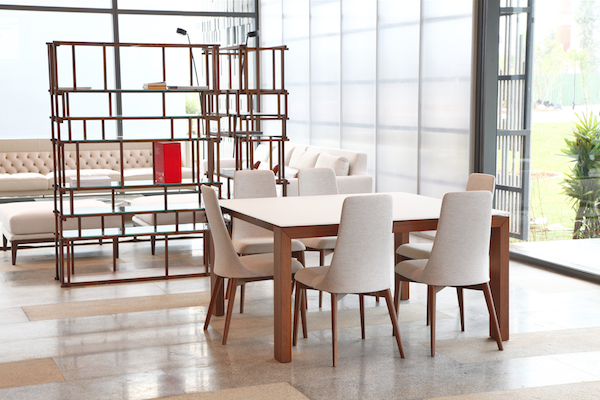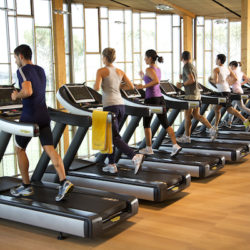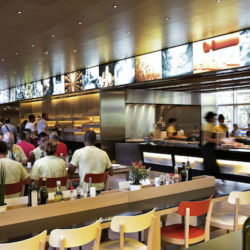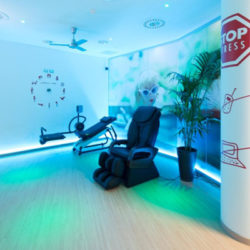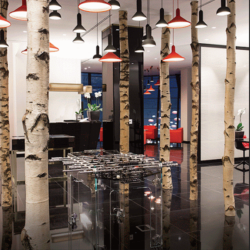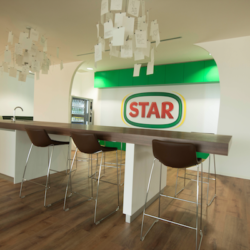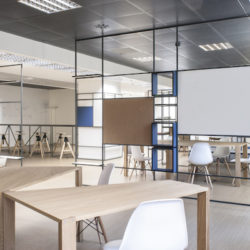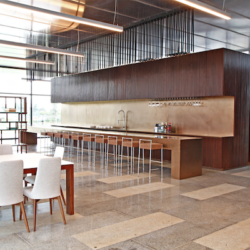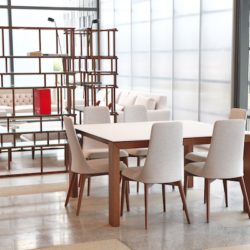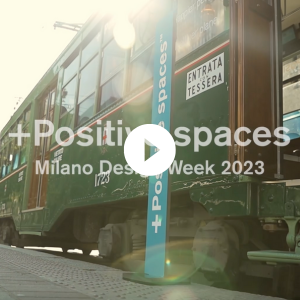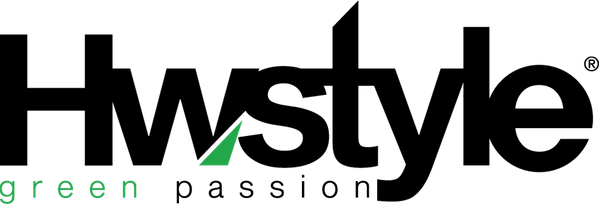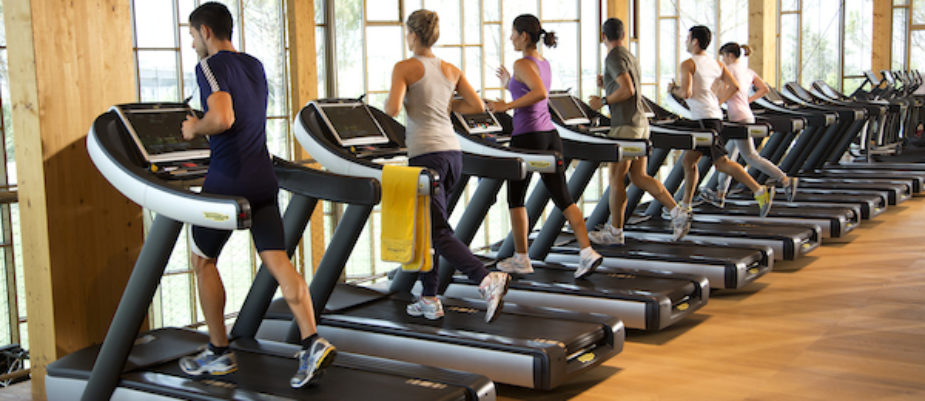
The final Jelly Session of the WOW! Agile Working Island has inspired new questions about the need of an anthropological approach to the new ways of working: while the line between home and working environment is becoming more and more dense and blurred, the smart working model is realised through the design, as an instrument capable to introduce the worker in the new system.
The 2nd edition of the WOW! Agile Working Island has left many insights about the designing of the new working spaces, focused on wellbeing, flexibility and dynamism. Although these key concepts have been widely discussed, it is useful to analyse them through another point of view, an anthropological one, starting from the latest experiences discussed during the event.
1. From a controlling father-like to a mother-like model of the company.
The office space is no longer the stiff and sever place it used to be, image of the inflexible look of a father, but it’s a more like mother’s womb environment, welcoming, home feeling oriented and capable of cuddling his employees. The new spaces, like in between areas, nursery, break areas, and the attention paid to the effects of the noise, stress and a pour environment over the workers, and so on, show how the office is becoming a nice place to live. That’s because the paradigm has changed: beauty is wellbeing and wellbeing is productivity.
The best example of the mother-like company is the “cuddling environment” of Mattel in Milan, a space designed to challenge the classical conception of the working place towards something we can call “ the school of wellbeing”.
The company is a kind of an “adoptive family”, not only focused on the wellbeing of the employees, but also on how to teach them the way to properly take care of themselves: a part from the Green Project, we have already talked about, Mattel implemented a monthly plan with several services thought for his employees such as free osteopathic treatments, the presence of a psychologist or the blood test through the blood donation directly organised in the workplace, in addition to a free at-the-desk breakfast the first day of the month, fresh apples at the reception every day and subsidies for extra office services like medical check-ups or bus tickets.
2. A cultural perspective: peculiar deviations form the standard smart working model.
If “Design and Smart Working are about culture” as Andrè Straja underlined during the Jelly Session, the peculiar situation of Italy, where concepts such as flexibility, ergonomics and work-life balance, are perceived as new ones, has not to be considered totally in a negative way, but like a fertile and fruitful chance to “re-model the model”.
The indian Discovery Centre designed by Giulio Ceppi (TotalTool) is an example of retail shop where the made-in-italy is not just about the object and the product design, but also about a way of thinking based on always considering the context where the idea has to be applied as the main point of the project.
If the design is a cultural expression and we can’t overlook the cultural aspects, we can’t just adopted directly and entirely the models coming from Cupertino.
That was the insight that drove the project of the Digital Entity’s office in Milan, a space with an essential and clean design, as NTTdata wanted it very similar to the essential Japanese concept of working.
And, as Rossella Destefani reported us, this choice was perceived as a plus by their customers since “they don’t buy just the product, but also the Japanese reliability”.
That’s why design is not a neutral and ephemeral element, but the main instrument of the smart working change, a lived expression of the company management and of the new ways of working.
3. From the corporate to the body: how it is possible to create a group identity in the “flexibility era”.
Smart working is about trust and about educating to the trust. But how can a company teach trust and create a group identity at the same time? Through design.
Design is not just about making the office a nice place, but it has a deep influence and an educational power over the workers’ body and therefore over the worker himself: flexible spaces and adjustable height desks force the work to be more dynamic; in between spaces, graffiti, and kitchenette create a new way of living the space and through a more informal space, blurring the line between the outer space and the office space, between the time in and the time out, enhancing the undefined working continuum given by the new technologies; meanwhile the open space model lets the company to be perceived as more transparent and horizontal in his hierarchy.
Design is also essential to make the workers perceive the brand identity and values, as we have already underlined for example talking about the new Star’s headquarters.
Another example, that was we have analysed in the final Jelly Session of the WOW! Agile Working Island is Technogym Village in Cesena (Italy). Here the leader company’s motto “we promote wellness in everything we do” is reflected throughout a space created to make the employees fitter: free use of gym machines and of a jogging track before or after the working time, a selected and healthy food served in a “wellness restaurant”, the use of the wellness balls as chairs and writings at the side of the elevators that encourage the use of the stairs.
Text by Gabriele Masi.
Captions:
1, 2 Wellness Campus Technogym, Antonio Citterio e Patricia Viel & Partners, Cesena (Italy).
3, Wellness Room, Mattel Italia’s offices, Milan (Italy).
4, UniCredit International Centre, SGS Architetti Associati and Studio Scagliotti, Sofia (Bulgaria).
5, Star’s Headquarters, Il Prisma, Milan. (Italy).
6, Digital Entity’s offices, deamicisarchitetti, Milano.
7, 8 Discovery Centre, TotalTool, Bhartiya (India).
